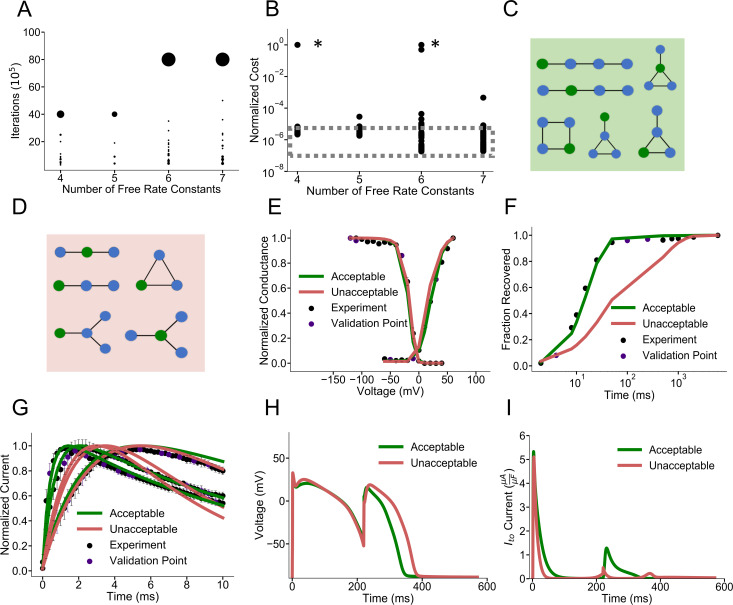Fig 2. Identification of possible structures for the Ito,f dataset.
A) Optimization iterations completed as a function of free rate constants. Weighting of dots represent the frequency of models completing a specified number of iterations. Most models complete the generous maximum iteration limit (40,000,000) with 4 and 5 free rate parameters while few models complete less iterations due to early stopping from the overfitting criterion. Models with 6 and 7 free rate parameters may run for longer (maximum 80,000,000 iterations displayed) while a greater fraction of models are terminated early due to overfitting criterion. Data points include the multiple starting conditions for each model to reduce the dependence of the minimum solution on initial conditions B) Distribution of normalized costs for each model with multiple starts after completing optimization iterations as depicted in A. Especially bad Sobol starting conditions are asterisked. The absolute minimum costs are outlined in the dashed grey box. The point of diminishing returns is at 6 and 7 free rate constants. C) Topologies producing acceptable fits and D) unacceptable fits for Ito,f. Acceptable fits include models with four states and sufficient connections to separate the activation and inactivation domains. E-G) Representative models fits for steady state activation, inactivation, recovery from inactivation and current traces for models in the acceptable and unacceptable model categories. Unacceptable models generally have very slow recovery from inactivation. H) Simulated action potentials with representative acceptable and unacceptable Ito,f currents under a S1-S2 protocol. I) Corresponding simulated Ito,f currents under the S1-S2 protocol in A. Acceptable currents (green) and unacceptable currents (red) most differ in magnitude at around 200 ms into the S1 action potential with much less unacceptable Ito,f currents. This corresponds with the slow recovery from inactivation depicted in F) where at ~200 ms the acceptable models have fully recovered while unacceptable models are only half recovered.

